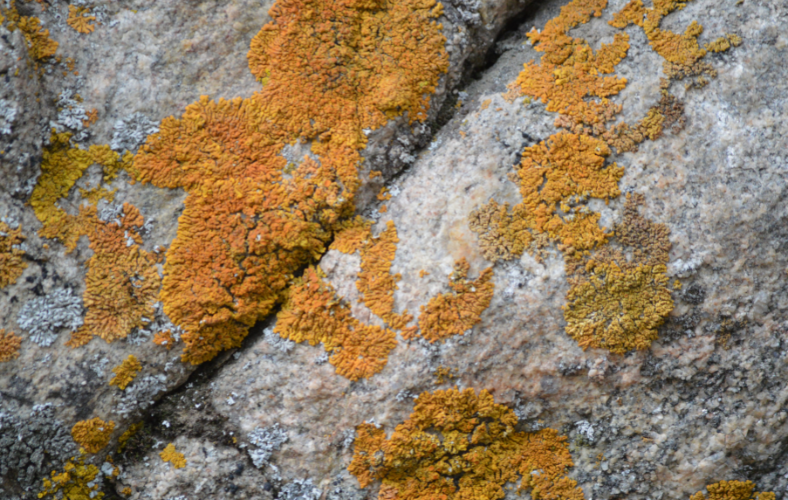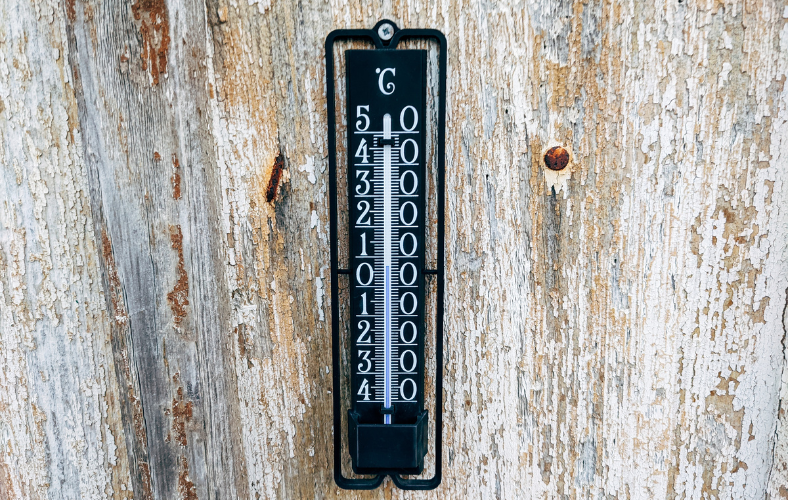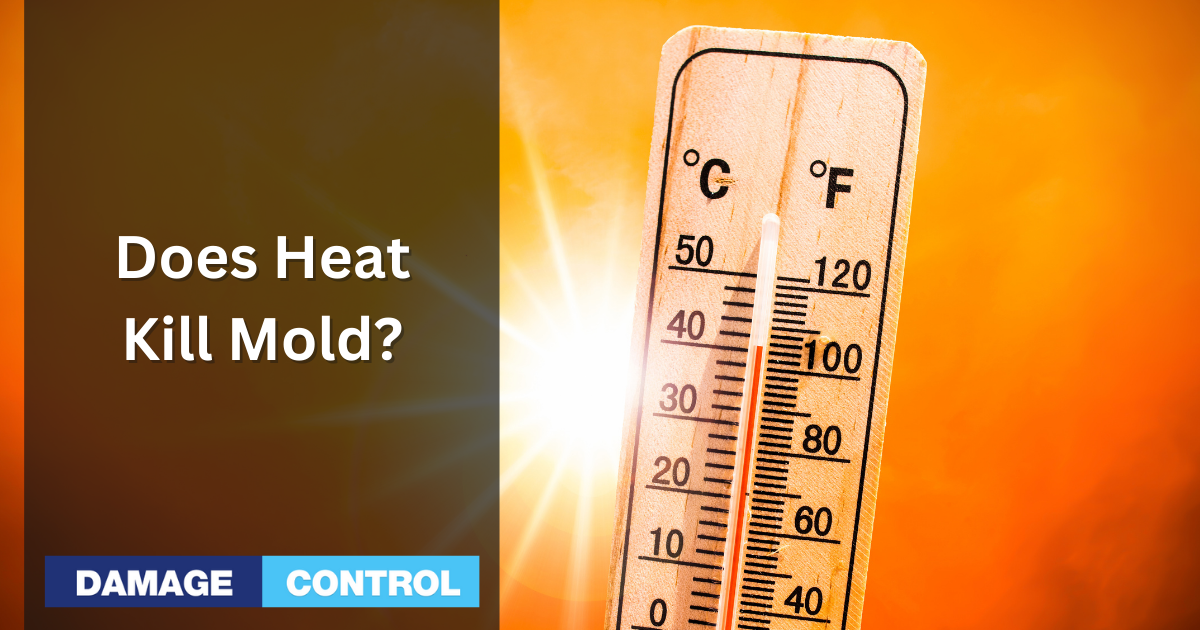Mold in your home or business is not a fun walk in the park for anyone, and there are many ways to deal with or kill mold. Today, we will answer the question: Can heat kill mold?
Absolutely! Mold can be killed by heat. Exposing mold to temperatures above 140°F (60°C) for an hour is typically enough to kill most molds. High heat dries up the moisture that fungi, like mold, thrive on, and it also denatures the proteins that make up the mold, causing it to die.
However, while heat can kill mold, the spores might remain, and it's crucial to remove these and fix the underlying moisture issue to prevent regrowth. For effective mold remediation, it's recommended to consult professionals and address the moisture source that enabled the mold's growth in the first place.
Understanding Mold Growth

One of the first things you need to understand about mold growth is that it is not the same as bacteria or viruses.
Mold does not spread simply because an area is dirty or unsanitary, although such areas can occasionally promote mold growth. A fungus requires only nutrients to feed off of and moisture.
Mold is capable of growing anywhere in which moisture and nutrients are abundant. This is why you are more likely to encounter mold in rooms with a high volume of steam, rushing water, or water use in general.
That means places in your home such as your kitchen, bathroom, or laundry room.
Suppose mold is allowed to grow in your home unchecked. In that case, it can cause severe problems for you, the biggest of which is arguably the health side effects that can occur—illnesses, particularly in the respiratory system.
Having said that, if you have encountered mold in your home and are now feeling under the weather, it is a good idea to speak with a doctor and be tested for whether or not you have a fungal infection.
Factors That Affect Mold Growth Survival
Moisture Temperature and Food Sources
Numerous things can affect the rate of mold growth in your home or property. The first thing that mold needs to be able to grow is moisture. This is why you will often find mold in areas in your home that frequently have water, such as the bathroom or the laundry room.
Mold thrives in areas with humidity, water spills, or leaks, and mold species prone to the modern home tend to thrive in warmer conditions. Not all like warm weather. You can find them at the north and south poles, and we have a very peculiar species known as snow mold.
Finally, molds require a food source to thrive. Typically, that food source is the material the mold attaches itself to.
How Heat Affects Mold

Temperature Ranges Effective in Killing Mold
While it is generally true that mold thrives in warmer environments, it is a misconception that mold thrives in high heat. The truth is that most mold cannot survive in temperatures exceeding 140° f.
Advantages and Disadvantages of Using High Heat for Mold Remediation
Using heat from mold remediation has many pros and cons. One of the advantages is that high temperatures kill mold quickly. However, one of the biggest cons is that utilizing it to kill mold can potentially cause more damage to your home. How can you reasonably get your indoor temperature to exceed 140° f?
The answer is you can't.
If you see mold on your drywall, there's a good chance it's also behind it. How do you get that level of heat inside the walls? If it was from water damage and your foundation is not a cement slab, you have the floor structure above and below to deal with.
Situations Where Heat May Be An Effective Mold Remediation Technique
Arguably, using a steam cleaner is the best scenario in which you can use heat to kill mold. A steam cleaner hits mold with a powerful jet stream of steam. Not only does the steam kill the mold, but it also loosens it up for cleaning. You must ensure the surfaces are dried properly or worsen the infestation.
Killing Mold With Heat
What Temperature Will Kill Mold?
Mold can be killed by temperatures above and between 140° f and 170° f. Regarding how quickly heat can kill mold, it is generally accepted that heat instantly kills mold.
Other Mold Remediation Techniques
It must be understood that heat, particularly steam cleaning, can be effective against mold, but it is not always the most practical solution. Other more efficient and thorough techniques can and should be used to kill mold effectively.
Using Chemicals to Kill Mold
Numerous chemicals that can be used to kill mold effectively are available to consumers. For example, 70% water and 30% white vinegar can kill mold in 10 minutes. Bleach is also an incredibly powerful mold-killing agent, but volatile and dangerous. Numerous commercially available cleaners are designed specifically to kill mold.
Physical Removal of Mold
Paired with the chemical cleaning solutions mentioned above, physically cleaning mold with a soft-bristled brush is typically enough for you to clean it mold. You are strongly advised to wear rubber gloves, safety glasses, and some form of facial covering, such as a respirator. This method may require some elbow grease, but it will do the job.
Professional Mold Remediation
Following EPA guidelines, if the mold on your property exceeds 10 ft, you should not attempt to get rid of it on your own. For a mold infestation of that size, it is wiser to turn to the professional services of a water damage or mold remediation company.
It's always wise to attain the best professional help when dealing with potentially serious health problems if not remediated judiciously. They will have the proper tools and know how to best handle the situation without causing further damage to your property.

